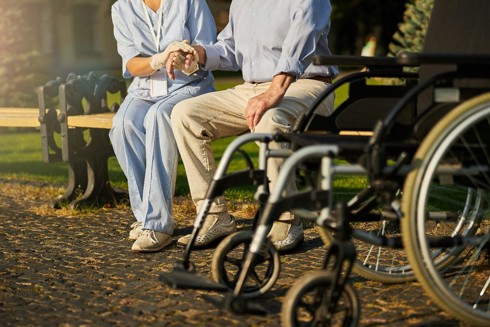Are more aged care homes putting residents at risk? Why we need to look behind the figures
17/01/2024
That was the assessment of The Courier-Mail this week after it published new data from the Australian Aged Care Quality Agency (AACQA) that showed 36 homes had been flagged as a “serious risk” to residents during 2017/18.
This is up from 22 the previous financial year and just two the year before.
The rate of serious risk decisions has also jumped to 27 in the first half of 2017-18 from 22 in 2016-17.
They are worrying figures – so we decided to ask the AACQA how they assess risk and why the rates have gone up.
CEO Nick Ryan tells us their increased use of information and focus on risk has boosted the number of review audits they are doing and findings of non-compliance.
As a result, they have had more occasions when the Agency has decided a facility has put a resident at risk.
Changing the way serious risk is assessed
A serious risk finding is given when the Agency finds that a home has placed the safety, health or wellbeing of a resident at serious risk by failing one or more of its 44 accreditation standards.
But Mr Ryan points out that this finding isn’t an ongoing one – rather the home is given details of the finding so they can take urgent action to fix the problem.
The Agency also continues to closely monitor the facility, including through unannounced visits. In some cases, their accreditation can be revoked or sanctions placed on them by the Department of Health.
These findings are publicly available on their website too here.
In total, Mr Ryan says there have been 39 serious risk findings from 1 July 2017 to 30 April 2018, while 165 homes have failed at least one accreditation standard.
That represents six per cent of the 2,672 facilities in Australia. Of course, the ideal number would be zero, but they do show our regulators are being increasingly tough on providers who don’t meet standards – reassuring news for residents and their families














